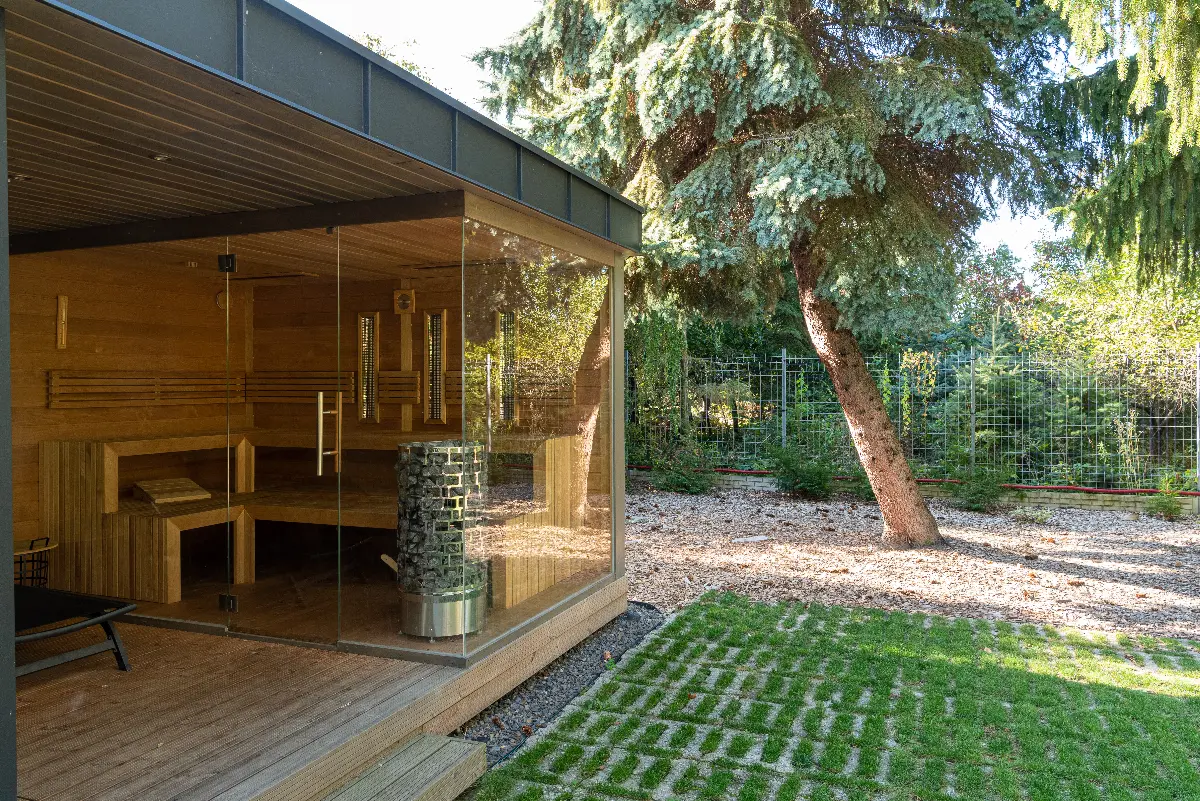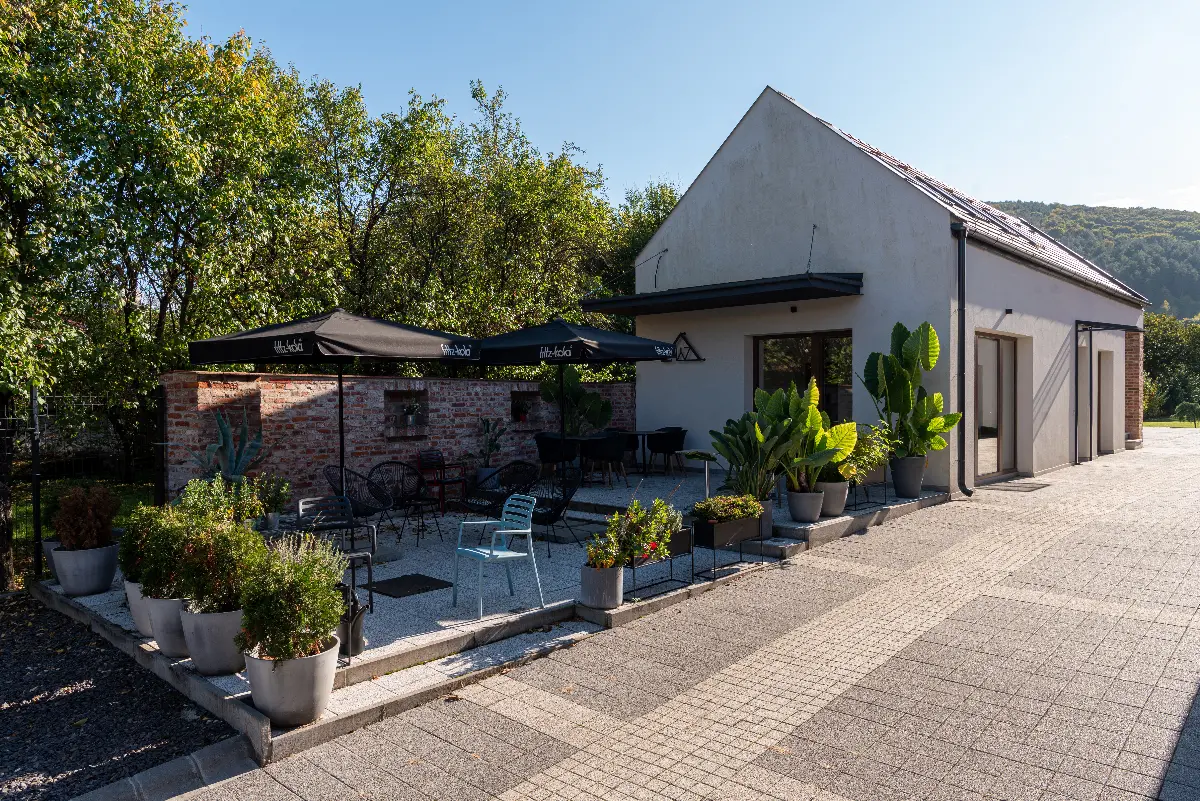
Helyszín címkék:
Travelling by “tuja” (tram) in Miskolc: Diósgyőr (no, we did not mistype it)
Jászberényi Attila

Diósgyőr has a separate history with its machine factory, iron factory, castle, football team and stadium. The heart of the municipality, which was merged with Miskolc in 1945, was the “Vasgyár” (Ironworks), the “Lenin Kohászati Művek” (Lenin Metallurgical Works), a dinosaur of industrial tradition doomed to extinction, now a strictly enclosed rustbelt open-air museum. Once, 18,000 people worked here in three shifts, having a hard drink and an accompanying beer in blessed silence after their shift, in the garden opposite the main entrance. The tramway follows the city's already longitudinal structure, allowing you to contemplate all the architectural ripples of the fifties, sixties and seventies – which are hard to describe as subtle – as a tourist of the times, before we then run into the Gothic castle ruins that obscure the ultramodern stadium. The district is also the gateway to the Bükk and is awakening in all respects. Here, in the hall that was he former terminus of the forest railway, you will find the “Végállomás” (End Station), which alone is worth a trip for a good dinner, but you can also discover one of the most important, but definitely the most unique beer manufactory in Hungary on the side of the castle, in the authentic Diósgyőr pub environment.
“Gyertyános Sörfőzde” (Gyertyános Brewery)
Stepping into the authentic, modest bar, you would hardly notice that there are ten types of beer taps, three or four for the current daily pint offerings (pilsner, cherry and banana are always available), the rest for taking away creative flavour combinations by the litre or for on-site drinking. All of the inexhaustible and incredibly unique blends, pineapple-lime, lychee, chilli, chokeberry, quince, chestnut, whiskey-wheat, late-harvest grape and more can be enjoyed fresh and properly at 5.5 per cent alcohol. In the guest room, which is adapted to the shift pattern of the ironworks, the hit product, eight percent “Kazamata”, which is practically barley wine, is drunk from a red wine glass. Two tips: one is that after a trip down from the castle, the best thing to do is to have a lychee beer, and the other is that whichever type you choose, you don’t want to take home the bottled, pasteurised version, but the freshly draught one.
“A Ház” (The House)

If there was one thing this city needed, it was a decent place to stay. And a new-wave coffee roaster. Well, this is what the Gál family has achieved, and not in the city centre, but in Diósgyőr. Squeezed between the rows of panel buildings and the Bükk, in the minimalistic maximalist place, you can finally book great accommodation, and you’ll have no problem with the coffee in the morning. This is approved by the international number plate display in the discreet car park and the stream of guests arriving on foot, by bicycle or by car, or even on-site guests. The street frontage is for the café, the terrace, the homemade cakes from Monok and the locally-roasted coffee. From the outside, the house (I mean, “A Ház” [The House]) really gives the impression of a Norwegian family home, overwhelmed by the historical ruggedness of the surroundings. However, there is a guest space that could be in Oslo, it’s so bright, simple, clear and welcoming. The answer to “Are dogs allowed in?” is “Yes, they are”. The rooms are functionally Scandinavian, and although each is furnished differently, taste, good choice of materials, log beds, luxurious bathrooms and bare bulb design are recurring elements. The skylights look out over the castle, the rustic two-bed unit overlooks the split-brick colonnaded veranda, and the balcony-roofed, terraced quarter, christened as the “Mountain Viewer”, opens onto the vast, Otello-grape-lined garden with fruit trees. “A Ház” (The House) itself is an almost passive solution, all natural and environmentally conscious, with solar panels, heat pump air conditioning, electric robotic lawnmowers and more. The surroundings are beautiful, the service is welcoming, but they speak Hungarian instead of Swedish.




















